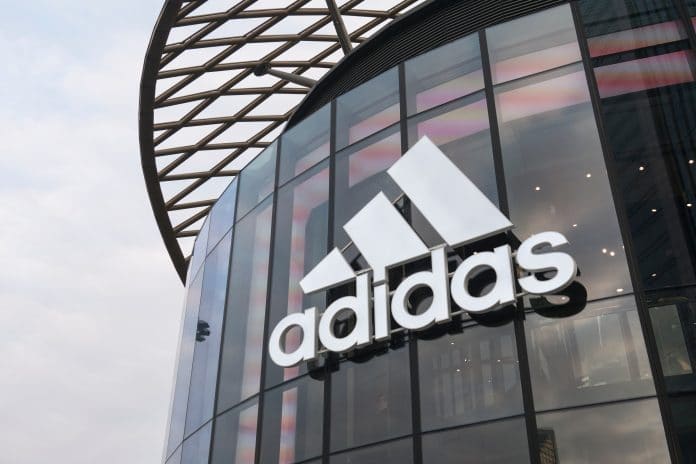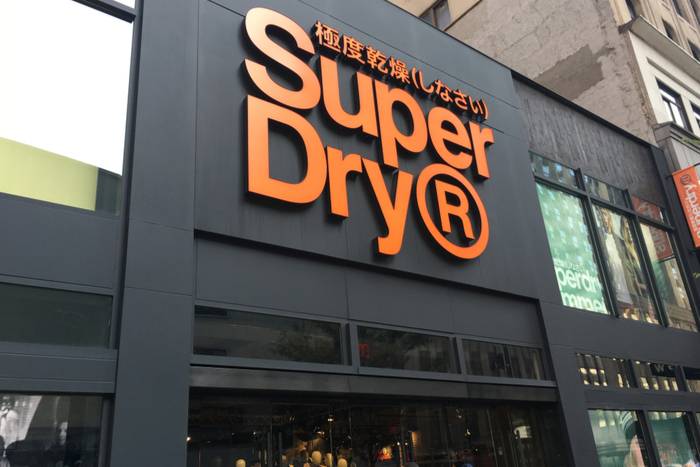To some extent, Stephanie Horton is a physical personalisation in the role shift of the e-commerce site. Net-a Porter launched its own magazine in February with employees coming from top publishing houses while Marks and Spencer refreshed its website to make it a content destination this year. It‘s fair to say that making websites more engaging and ‘sticky‘ is moving up retailer‘s agendas.
Marketing chief Horton honed her publishing and marketing skills at Vogue and The New York Times across a decade (2001 – 2011) then jumped to British fashion website Shopbop in 2011 for two years. Now she is in charge of Farfetch‘s 40 strong team in Farringdon, London and is aiming to capitalise on the omni-channel change in retail. She covers marketing, PR, editorial, styling, VIP and social media in the business – “quite a big gamut” she says.
So how has Horton transferred the skills learnt at the New York Times and Vogue to an e-commerce fashion site?
“I really think the skills are quite similar,” she says. “My job at the New York Times was e-commerce based and was at a time when there were job sites like monster.com and Career Builder as well as movie sites where people were not looking in the newspaper for those things. I was recruited to figure out how to validate those services online and update its websites. Editorial is a big part of e-commerce as you have to be able to translate to the consumer why they need it and how to put it together.”
It appears Horton is the go-to person for big firms making the online shift. In 2001, it was the New York Times. Vogue in 2010. Now 300 handpicked indie boutiques are adapting.
She says: “Once I‘m not really learning anymore, or the daily routine becomes a bit repetitive, I am open to the next opportunity and in each instance the right opportunity came along at the right time.”
Farfetch is service-based retail, meaning it‘s a marketplace to consumers and a service to its 300 boutiques. But how does it maintain appeal to such a wide range of consumer and retailers?
“We always say our positioning is a little bit left of centre and we never want to put ourselves in a box,” Horton explains. “One of the advantages of the site is that we have a wide breath of merchandise from luxe to lab. We are appealing to a wide range of consumer and also a global consumer. We are taking a local but global approach. Like a lot of retailers, we have a lot of customer data. We know our audience,” Horton insists.
Farfetch operates in established fashion capitals New York and Paris as well as emerging cities Saudi Arabia, Mumbai and Riyadh. It recently partnered up with secret supper club Dinner Club 57 in Dubai, movie showings in New York and is eying partnerships with polo tournaments.
Farfetch mainly markets its products through SEO, email and affiliate marketing and has also done trials with lifestylemirror.com. “Affiliate marketing is working for us,” Horton stresses. “They are very important as a lot of people search through and shop through those portals.”
As retail e-commerce sites become more editorially focussed could we see more publishing directors moving into retail?
Horton agrees: “A lot of the skills are very transferable and I think that as it online grows and grows it will definitely become a more of a place where people can transfer skills. We have a unique combination of offline and online selling as it‘s the same sort of mentality and skill set. How do you create the offline experience online? That‘s something that everyone‘s trying to do.”
In a roundtable discussion with Retail Gazette in May, Moss Bross e-commerce director Neil Sansom said that the retailer was looking into a ‘showrooming-type store‘ to merge offline and online worlds. Major supermarkets and fashion stores are also eyeing ways to improve their in-store experience with mobile technology set to be a key part of t
RELATED STORIES

















